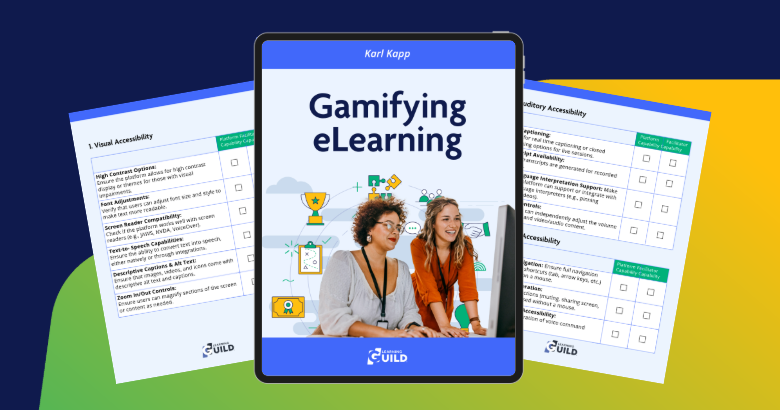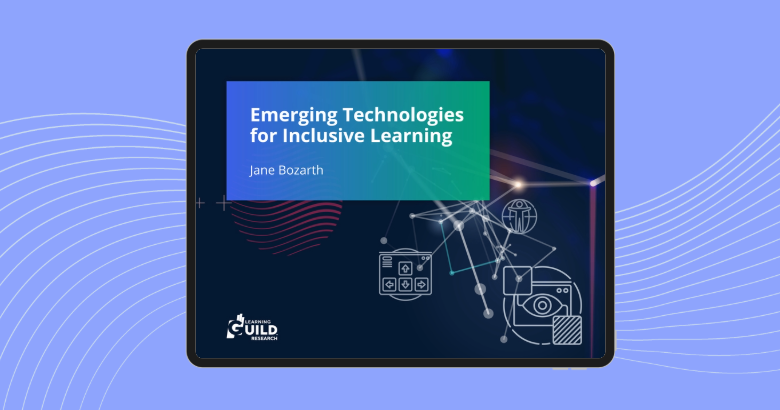Your cart is currently empty!

The Human Factor: Social Media as Mentoring Platforms

Social learningplatforms are often marketed as knowledge management tools, ways tostore an organization’s knowledge so it can be tapped as needed.
Because knowledgemanagement is framed in terms of its benefits to the organizationrather than to individual learners, people outside the fields oftraining and organizational development tend to think of it assomething separate and distinct from mentoring. In reality, knowledgemanagement is just mentoring with a new name. Companies adopt sociallearning platforms with an eye towards providing a space whereemployees can share knowledge and experiences, and guide colleaguesto lessons already learned.
Mentoringopportunities in social learning platforms tend to come in shortbursts and to be just-in-time events. Ad-hoc mentoring worksextremely well, especially when the requests deal with specificshort-term goals. A user might ask for information about whether aparticular vendor is reliable, or how to work around a bug in aparticular piece of software. And because the request is broadcast toa large group of users, even users who didn’t request theinformation may still be able to benefit. Better yet, the request canbe sent to a wide pool of participants whose current job descriptionsdon’t reveal their ability to help with the topic at hand.
Although many usersmay find the ad-hoc mentoring available in social learning platformsto be among their most attractive features, organizations could seebetter returns by deliberately using the tools to engineeropportunities for mentoring in a more strategic way.
Ask the expert
Many sociallearning platforms aren’t designed for synchronous communication,but that doesn’t mean you have to settle for slow feedback.Near-synchronous communication often works just as well, as long asparticipants understand that it isn’t meant to be a substitute foranother kind of venue, like a conference call or Web meeting. Aquestion and answer session can give the group a reason to gatherwithout forcing anyone to prepare a formal presentation ahead oftime.
Consider schedulinga specific time, limited to about an hour, when a subject matterexpert or a panel of experts will field questions on the discussionboards. The goal is to provide enough time to give everyone a chanceto pose a question and get an answer, but not enough time to deteranyone from participating. Experts should commit to responding to allquestions in the scheduled timeframe or deferring response to aspecific later date.
When the sessionstarts, users can refresh their browsers as often as they choose tosee new questions or answers without chiming or blinking prompts,meaning that the experience is more or less self-paced. As a result,users can participate at their desks, and can even stop to attend tomomentary distractions with minimal disruption to their experience.
The Mentor Center
Some topics don’tlend themselves as easily to short bursts of information, or theyaren’t appropriate for discussion in a semi-public forum. If theskills the potential protégés require involve navigatingorganizational politics or dealing with interpersonal conflict,mentoring should take place offline and in an unrecorded format toenable frank and helpful discussion.
Even when thediscussion itself won’t take place in the social learningenvironment, the platform can help you reach across the organizationto find both protégés and willing mentors, especially in largeorganizations spread across several different locations.
Newly promotedmanagers, for example, can often benefit from talking with managerswho have held similar positions for two or three years. Any singlelocation might lack a large enough pool of participants to draw from,but if the organization can draw from its entire population, thelikelihood of finding suitable participants increases.
The social learningenvironment can be used to broadcast the request for volunteers, toexplain the goals of the program and the duration of the commitment,and to keep a scoreboard of statistics that might help recruit futureparticipants. How many people in the organization are looking formentors to help them develop leadership skills? How many areinterested in learning better problem solving? Has anyone started theprogram as a protégé and moved on to become a mentor in the samearea?
Social learningplatforms are tools that can enable new kinds of communication amongusers, and they’re flexible enough to be applicable for manydifferent kinds of content. Experiment with different strategies andyou’ll find the solutions that work best for your learners, yoursubject matter, and your goals.







